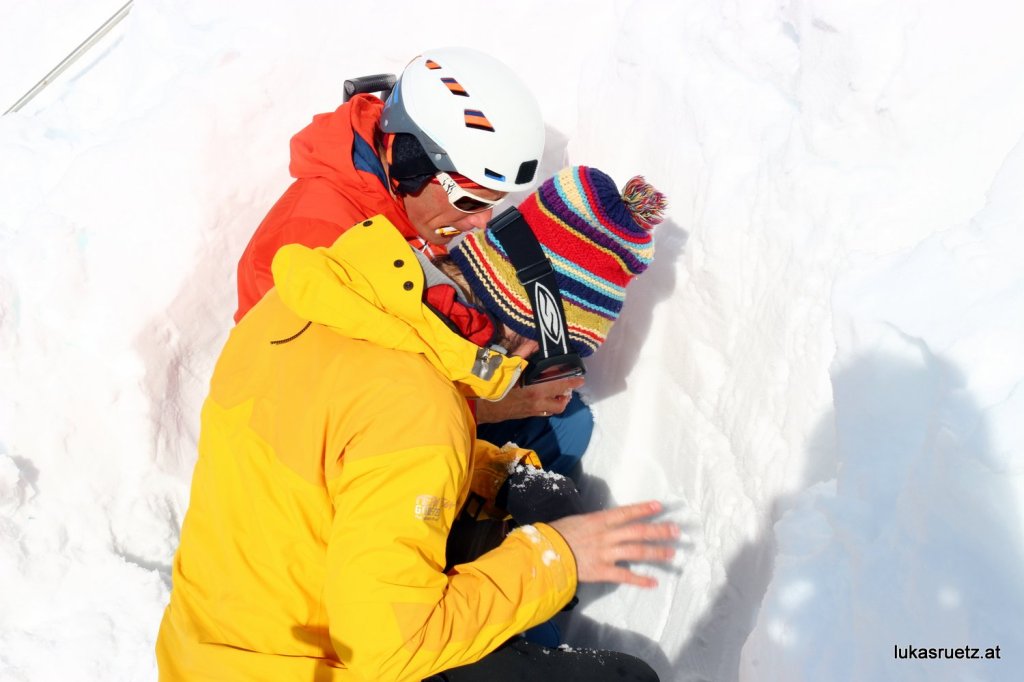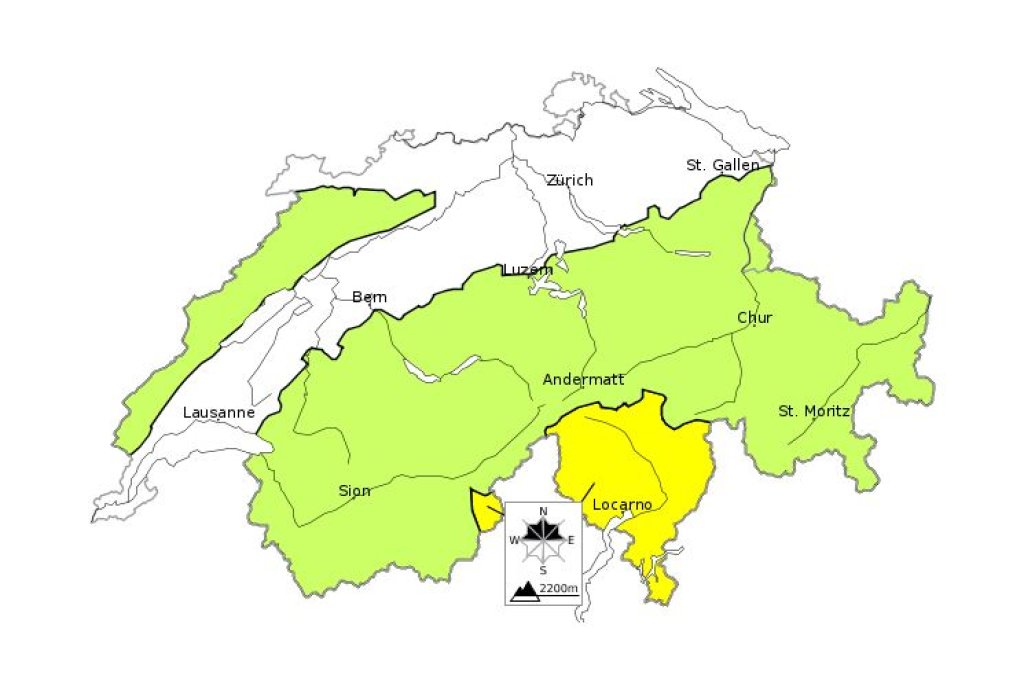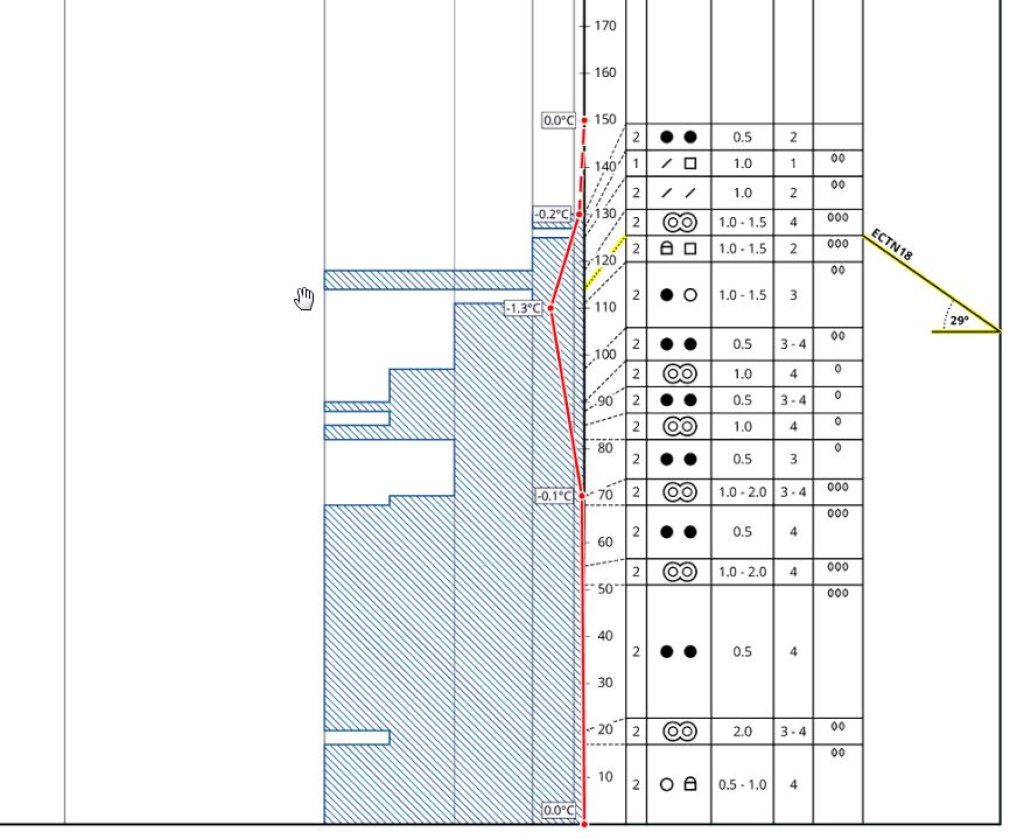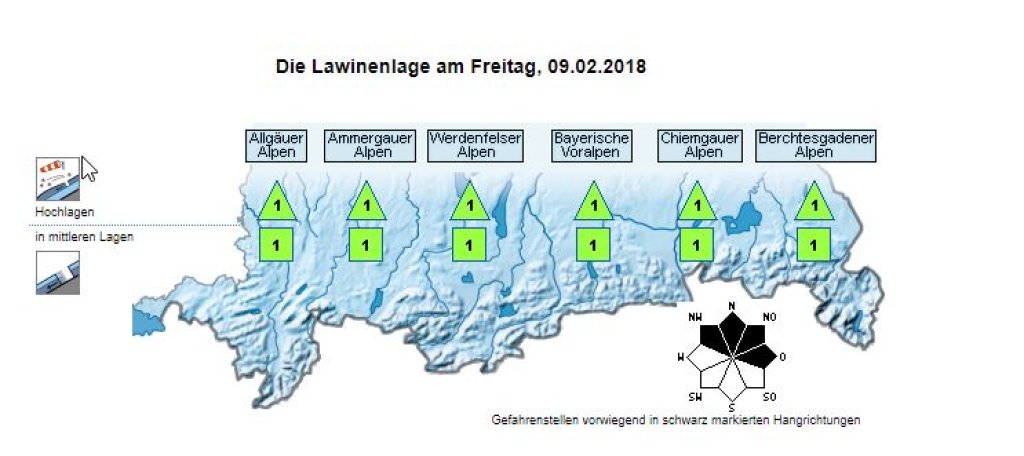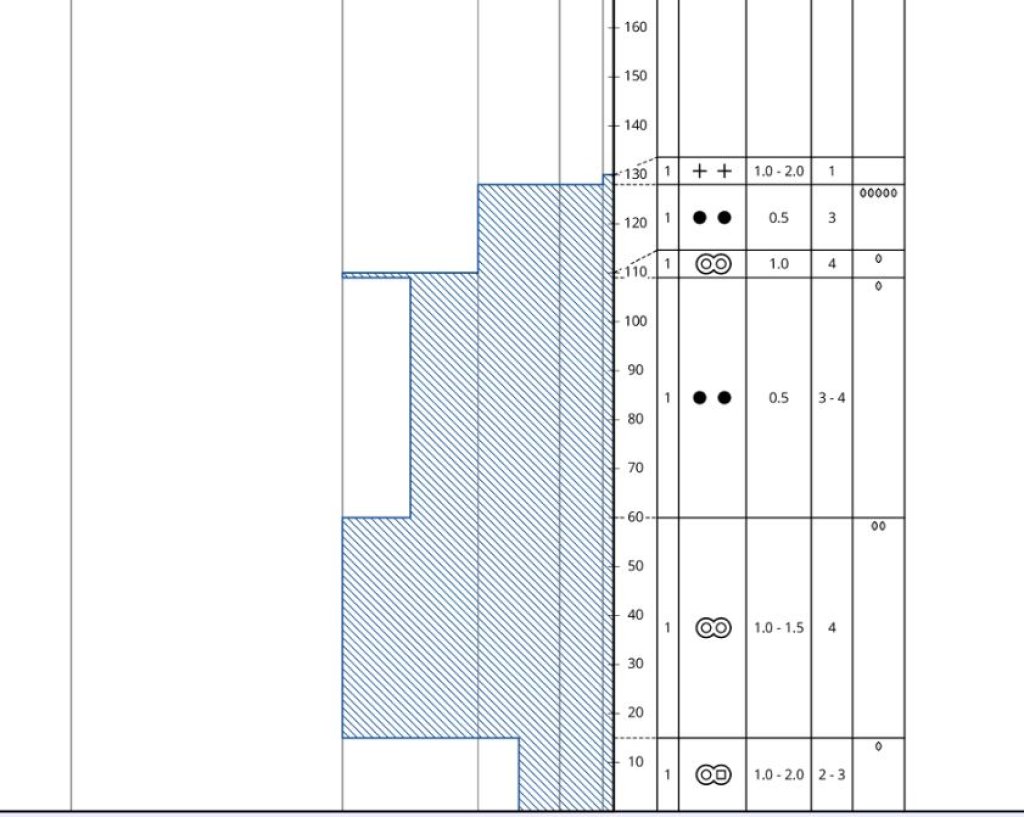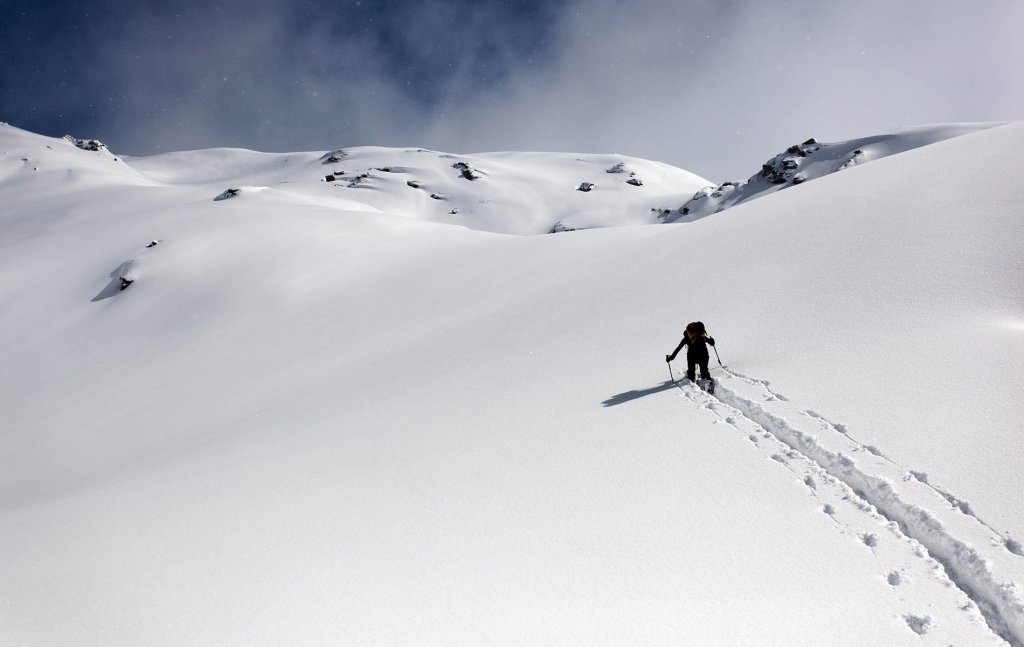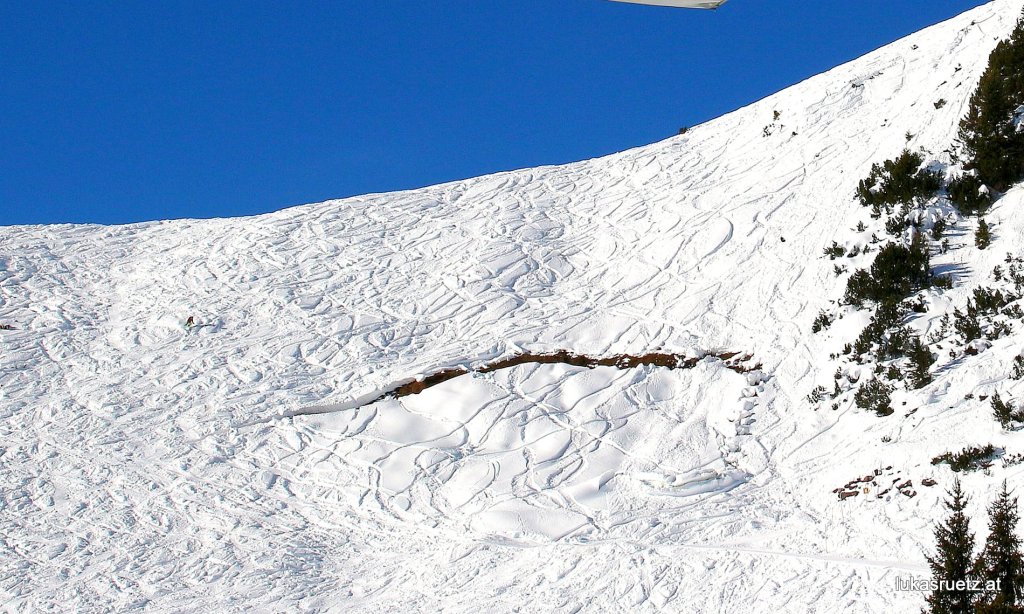Yay for that! Finally a winter with a thick blanket of snow and, above all, a large area of compact snow cover in the Alps. The last time we had this honor was in the winter of 2011/12 and 2005/06. However, there were often enough stable conditions in the winters in between. Because "stable" does not mean "compact", but conversely "compact" usually means "stable". Below, we explain why.
Definition of compact & stable
When we talk about a "compact snow cover", we always mean a snow cover that is relatively hard throughout (except for the layers on the surface). In this case, "hard" always means harder than hardness grade 2-3, which means that no layer can be penetrated with four fingers of one hand pressing simultaneously. Only when you have to use one finger or even a pencil or knife to get through all the individual layers of snow can you speak of a "compact" snow cover.
This does not mean that there cannot be any old weak layers in a compact snow cover. These can be present, but are sintered again by pressure from the upper snow masses and decomposing transformation to such an extent that they become harder and no more fractures can propagate in them. It is indeed possible to generate partial fractures during stability tests in a compact snowpack, but only rarely and only under high loads. A compact snowpack always consists mainly of round-grained crystals, possibly in combination with fusion crusts or angular-rounded shapes. Other, softer crystal forms can only be found directly on the surface.
